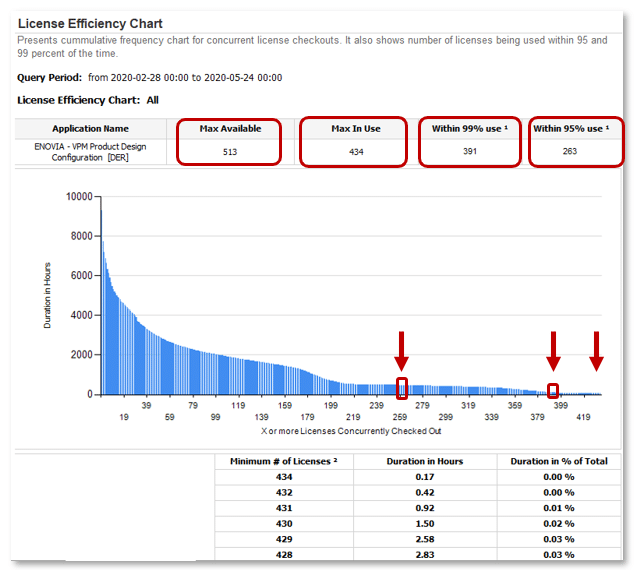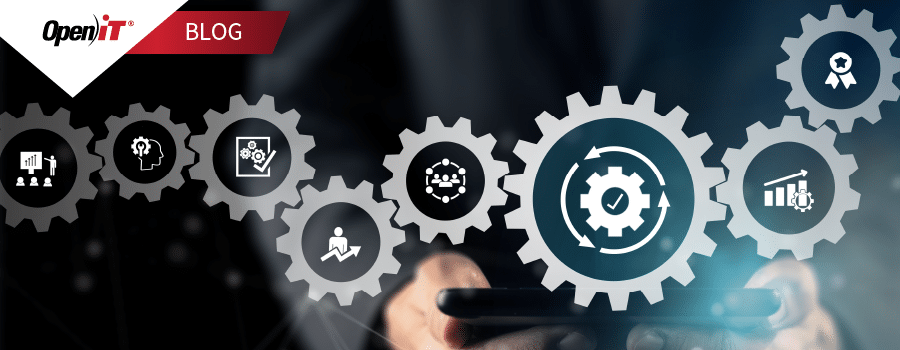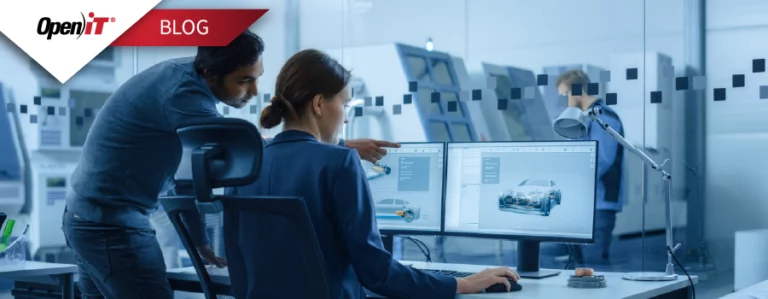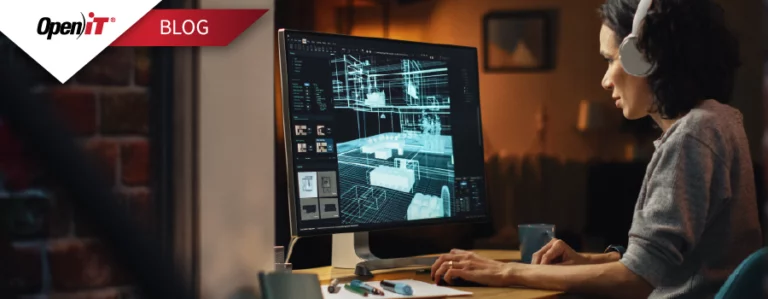You can make substantial savings on licenses by analyzing the tracking data obtained through the software license management tool and acting on it along the road to license optimization in your organization. There are many cost-saving opportunities that the diligent license administrator can explore across all different vendor products in the company portfolio. However, it is also important to prioritize which products, challenges, and costs to tackle first and set up a project to manage the work. The approach will be unique to your organization, environment, and the software you use. It will also depend on your SAM maturity journey and where you are right now.
We would like to think that you have already selected our LicenseAnalyzer® software, especially if you use engineering and specialty software, or you are at least considering it. With LicenseAnalyzer® you have insights into and visibility of thousands of specialized software products, from Ansys to Zuken.
However, while the tracking and reporting on license usage should cover all bases for you, remember that it is still just a software tool, and there may be some preliminary work you need to do to maximize your benefits. We assume you do have one or more license administrators. This should be a dedicated and high-priority role, not something done when there is spare time by someone with a full-time role in another area, e.g. cybersecurity.
Check that you have visibility of all your licenses
Even if you have oversight of most licenses used in the business, we recommend doing a quick internal audit to ensure:
- that there are no contracts and software lurking in any of the business units. With the rise of SaaS, it is possible that contracts were negotiated directly by the business unit manager, and you do not have them listed in the asset register. You will need to get hold of the contracts and license details, and see how they align with any other contracts you have with that software vendor. For instance, additional AutoCAD licenses and the contract that covers them.
- That there is no shelfware – that is, licenses that were obtained but are not being used. This often happens in companies that execute projects off-site, such as civil engineering or construction. When the project was put together, the licenses required were built into the contract price and now that the project is completed, the licenses are just sitting around with no one using them. You can also take this further if it is a priority, where there are projects in force using licenses that were acquired for the project duration. Maybe, they could be dispensed with, and the project resources can rather use the general software pool. In either case, the software must be added to the asset register, with contract terms and renewal date loaded.
If you do not have all your engineering and specialty assets accounted for, you cannot expect your license management tool to provide the correct results. Once you can see all the assets, you can embark on your cost savings journey.
Cost Savings – No More Compliance Risks
This is a great shift in your vendor management. Previously, you may have relied on the vendor’s license management software to know how much you had to cough up at renewal date or in that unexpected and unpleasant software audit. Now, you have control; the software license management tool provides comprehensive reporting on true usage across the organization. You are probably still in a position where you have surplus licenses and underutilization, but you know exactly how much you owe and where is room for optimization.

Plus, the audit should not unearth any problems, especially if employees are not allowed to bring and use their own licenses. This must be stated in your license usage policy. You should not have to worry about penalties and true-ups, but your license administrator has to be on constant lookout for possible infringements. Even major organizations have been subject to penalties, but on investigation, this was caused by gaps in active management, even where they had SLM tools.
Trimming Down on Surplus Licenses
All those unused licenses can be dispensed with, unless your planning for the next few years indicates a need for them. You could probably also trim down your existing concurrent user pool, but we suggest walking before you run on this one. Our software license management tool helps you balance licenses needed against number of users. If you are ready to maximize license efficiency, we explain license harvesting and concurrent pool optimization in other blogs.
When you have identified the surplus licenses, you can prepare a list for your negotiating your next vendor renewal, indicating that these licenses and/or contracts can fall away.
Making Users Happy
There is a cost which is very difficult to identify without an SLM tool – denials and quality of service (QoS). We can report on denials as to their frequency and when peak demand occurs. There are hidden costs and dissatisfied users who, apart from the fact that they are not being productive because they cannot access a license, may feel irritated enough to look for work elsewhere.
The remedy for optimizing QoS is a topic on its own, and we have blogs and webinars that explain how to manage denials, which you can explore. We recently wrote about license harvesting, but you will need to review your processes and policies and institute change management and training before tackling this super-efficient way of managing licenses.
Why Not Start Today?
We have hardly touched the surface on cost savings, but we have made an assumption that, if you are reading this blog, you are still getting to grips with SAM mastery. Feel free to give us a call or contact your Open iT representative or send an email to sales@openit.com if you need advice in any area of license optimization.






